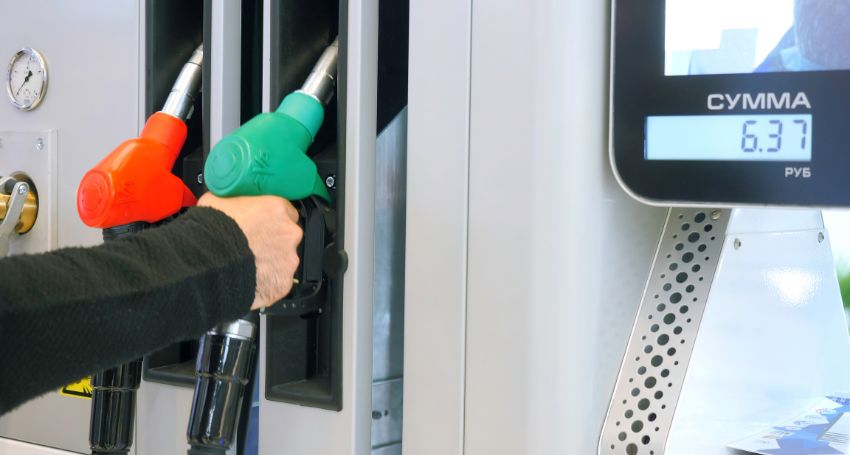
Electric vehicles (EVs) are at the forefront of the automotive industry, revolutionizing the way we think about transportation. With rapid advances in EV technology, improved battery performance, and expanding charging infrastructure, the EV market is experiencing unprecedented growth. This article explores the latest innovations in electric vehicles, including advancements in battery technology, charging solutions, and sustainability efforts. Whether you’re an EV owner, enthusiast, or someone considering making the switch, this guide will provide valuable insights into the future of EVs.
How Are Battery Technologies Advancing in EVs?
The backbone of every electric vehicle is its battery. Recent advancements in battery technology are significantly improving EV performance, range, and charging times. Solid-state batteries, offering higher energy density and safety, are expected to replace lithium-ion batteries within the next 10 years. Improved battery technology is reducing charging times while increasing battery lifespan. Additionally, battery management systems (BMS) optimize battery performance and enhance energy efficiency.
Role Of Fast Charging in EV Adoption
Fast charging is a critical factor in making EVs more practical for consumers. Faster charging times have been reduced from hours to minutes, making EV ownership more convenient. Technology for EV charging has improved, ensuring charging infrastructure availability and efficiency. The growing network of public charging stations supports long-distance travel, further encouraging EV adoption.
How Is EV Charging Infrastructure Evolving?
- Bidirectional charging enables EVs to supply power back to the grid, promoting energy efficiency.
- Wireless charging eliminates the need for cables, simplifying the charging process.
- Advances in charging and discharging technology ensure better grid integration and energy management.
A well-developed charging infrastructure is essential for widespread EV adoption. Bidirectional charging enables EVs to supply power back to the grid, promoting energy efficiency. Wireless charging eliminates the need for cables, simplifying the charging process. Advances in charging and discharging technology ensure better grid integration and energy management.
Can Renewable Energy Enhance EV Sustainability?
Sustainability is a major driver of EV innovation. Renewable energy integration allows EVs to be charged using solar and wind energy, reducing carbon footprints. Electric vehicle infrastructure investments by governments and private firms are fostering eco-friendly charging solutions. The shift to EVs is playing a crucial role in reducing reliance on fossil fuels and mitigating climate change.
Benefits of Bidirectional Charging
Bidirectional charging allows electric vehicles to serve as mobile power sources. Vehicles equipped with V2G technology can supply electricity back to the grid, supporting grid stability. EVs can store energy during off-peak hours and use it during peak demand, optimizing energy consumption. Incentives for bidirectional charging encourage more people to switch to EVs.
How Are EV Manufacturers Driving Innovation?
- Advances in EV technology have improved battery efficiency and vehicle performance, leading to a growing demand for EVs.
- The EV market is expanding due to technological improvements and government incentives.
- New production techniques in EV manufacturing are making EVs more affordable and accessible.
Leading EV manufacturers like Tesla are at the forefront of innovation. Advances in EV technology have improved battery efficiency and vehicle performance, leading to a growing demand for EVs. The EV market is expanding due to technological improvements and government incentives. New production techniques in EV manufacturing are making EVs more affordable and accessible.
Role Of Hybrid Electric Vehicles
Hybrid electric vehicles (HEVs) bridge the gap between internal combustion engine (ICE) vehicles and fully electric cars. HEVs use both fuel and electric power for greater efficiency, extending range while reducing emissions. Improved battery technology in hybrid models enhances their lifespan and overall performance.
Future Trends in EV Technology
The future of mobility is being shaped by ongoing innovations in EVs. Autonomous vehicles are becoming a reality, enhancing safety and convenience. Shorter charging times and improvements in fast-charging technology will make EVs even more practical. With every other car expected to be electric in the coming decades, the automotive industry is undergoing a major transformation.
9. How Are EV Chargers Becoming More Efficient?
- Higher energy density allows electric vehicles to store more power in smaller batteries.
- The expansion of public charging stations supports urban and rural EV adoption.
- Upgraded charging stations with faster and more efficient chargers are making EV ownership easier.
Charging stations are evolving to accommodate the increasing number of EVs. Higher energy density allows electric vehicles to store more power in smaller batteries. The expansion of public charging stations supports urban and rural EV adoption. Upgraded charging stations with faster and more efficient chargers are making EV ownership easier.
10. What Should You Consider Before Buying an EV?
Owning an EV requires consideration of several factors, including EV range, charging options, and cost incentives. Determining the average EV range suitable for your daily needs is crucial. Evaluating home charging vs. public charging infrastructure availability ensures convenience. Government subsidies and lower operating costs make EVs a smart investment for the future.



